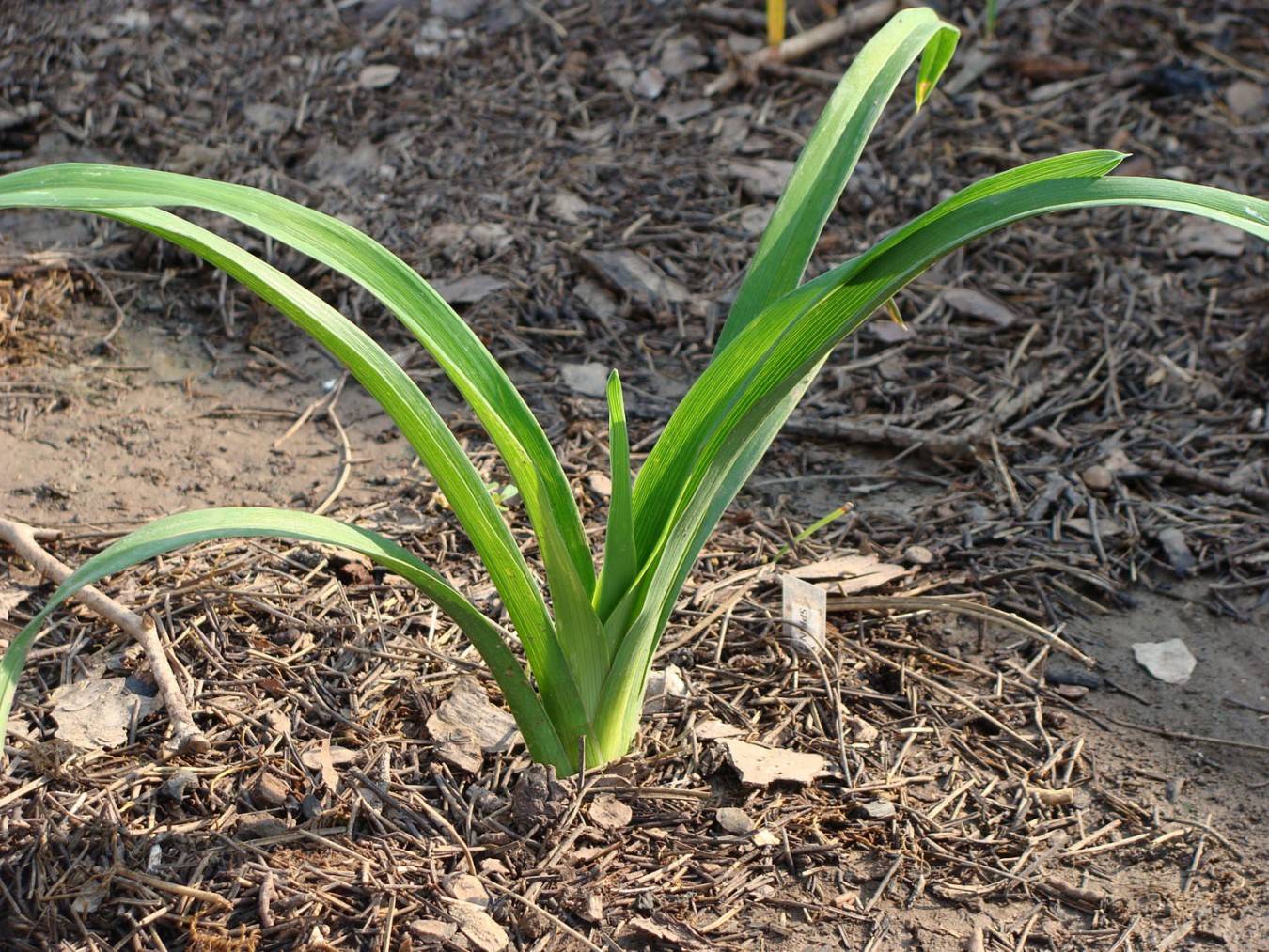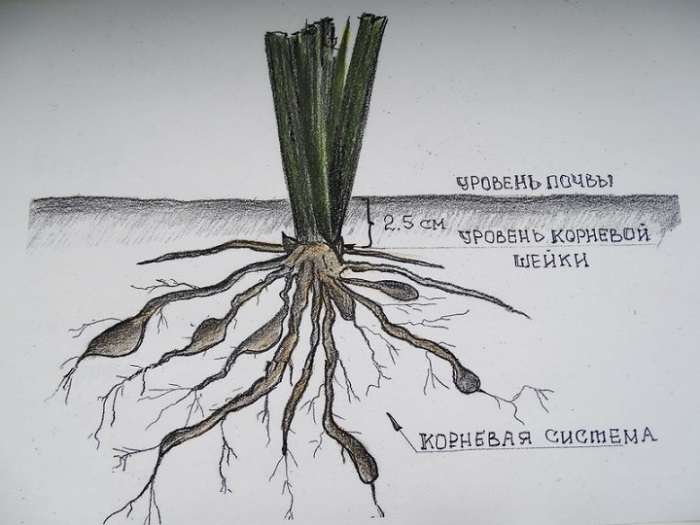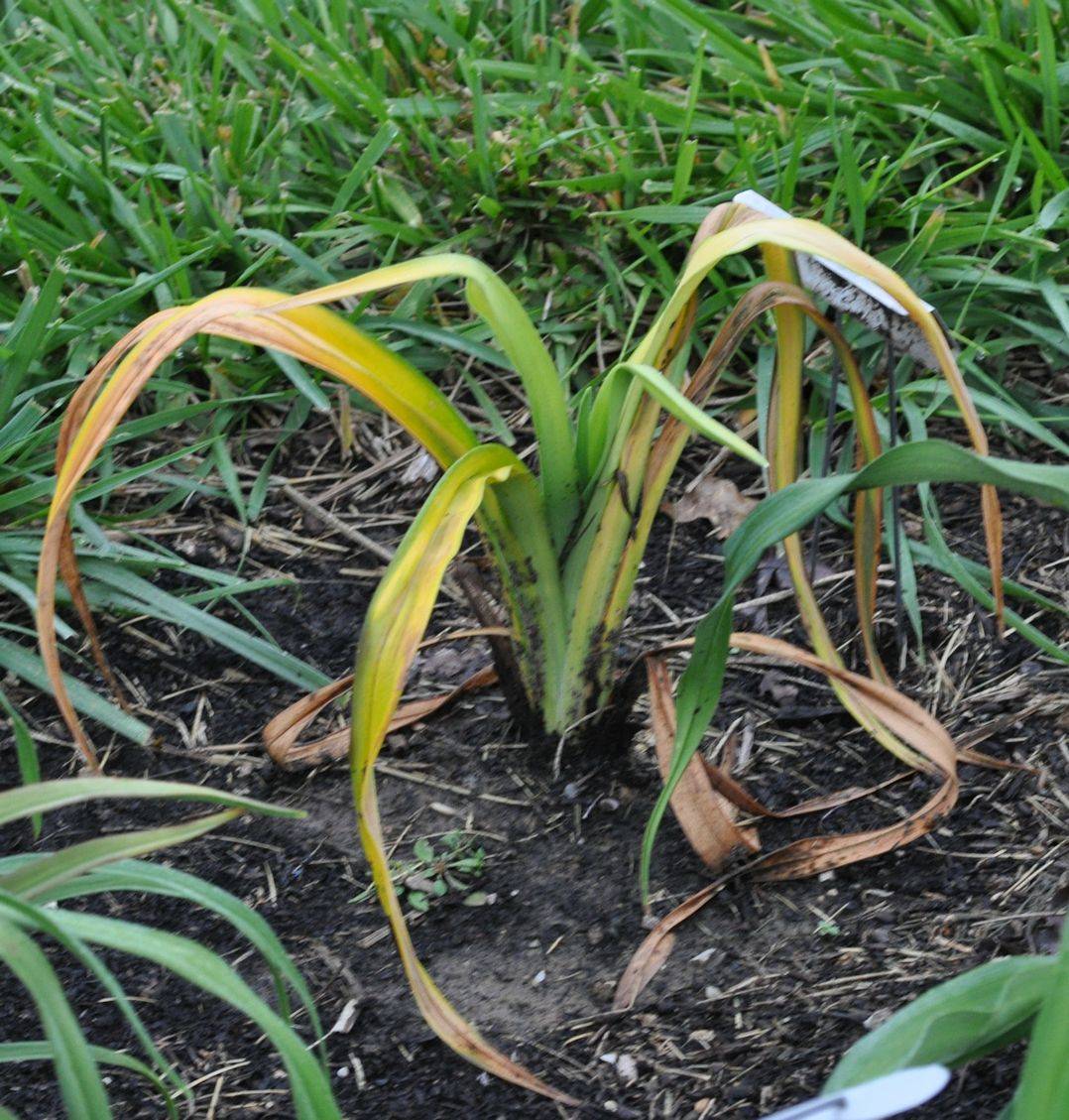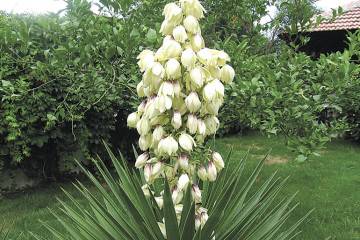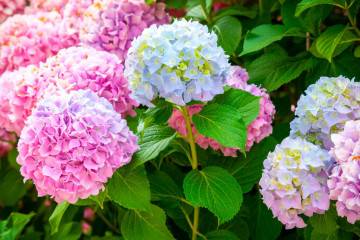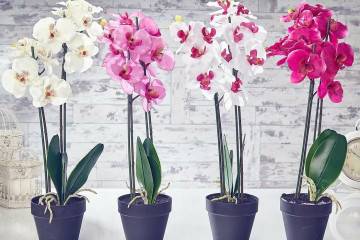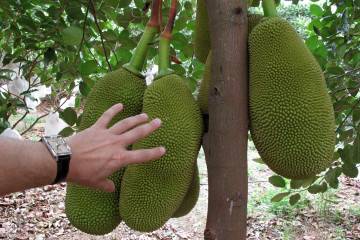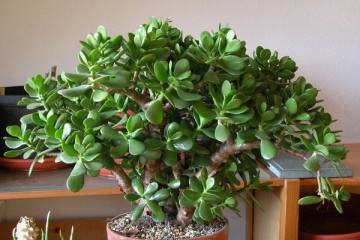Why the daylily does not bloom and grows poorly
Content:
Florists often use the daylily, or as it is also called, krasodnev, to decorate their summer cottage garden. Its beautiful flowers can delight with their appearance throughout the summer. However, do not forget that this is a rather finicky plant, and very often there are situations when some problems arise with it. Many gardeners are faced with the question of why the daylily does not bloom and what to do about it. There are several main reasons why these flowers do not grow or bloom at all.
Wrong boarding time
Although this plant can be planted at any time, from spring to early autumn, very often a summer transplant can be the main reason why the daylily has not bloomed. It will not lay buds for vegetation if unfavorable weather conditions are present.
Autumn transplanting can also be the cause of poor shrub growth. If it is done too late, then the root system will not have time to gain a foothold in the ground, and in the spring the plant will be weak and painful. It can be easily attacked by fungi and rot. It will take 2 to 4 years to regrow the roots, during which time no buds will appear.
Landing too deep
Also, one of the common reasons why the daylily does not grow is the deepening of the rhizome during planting. This, in turn, can lead to a complete lack of flowering. Of course, you should not leave the root system on the very surface of the soil, but you should not neglect the basic requirements for depth. It is best to land the plant so that the roots are 2 cm above the ground.
If the roots are too deep, it will be difficult to get the daylily to bloom in the next few years. We'll have to wait until the culture itself pulls closer to the surface.
Improper watering
In order for the plant to grow actively and buds begin to appear on it, it needs to organize proper watering. If the bush is not provided with regular moderate moisture, then it will not develop quickly enough. The soil must not be allowed to completely dry out. This is especially important for young bushes. Freshly planted, young bushes need frequent watering. Old members of the family do not need such attention; during a drought, they can provide themselves with moisture on their own due to its accumulations in the roots.
Excess or shortage of fertilizers
The next reason why the daylily does not grow and bloom may be a lack or an excess of fertilizers. Experienced gardeners can determine by the appearance of the foliage which element is necessary for a shrub, or, conversely, is not needed. So, if the plant grows too quickly, then it has an excess of nitrogen-containing substances.
The flower should be fed regularly, in not too large quantities.It is recommended to apply nitrogen-containing fertilizers to the soil in the spring, and potash and phosphorus elements will be required in summer and autumn.
But do not completely deprive the plant of fertilizing, this will bring the same harm as large dosages of fertilizers. The lack of just one essential element leads to the fact that the shrub can stop growing and blooming.
The most optimal solution to this problem would be to transplant the daylily to another place with soil that does not suffer from an excess or lack of nutrients.
Lack of space
Some varieties of daylily begin to grow very quickly when they bloom. They actively increase the volume of leaves and rhizomes. If this happens, then in a few years the beautiful day will turn from a compact plant into a shrub of huge size, which will require a lot of nutrients. To avoid this, experienced gardeners recommend at least once every 5-6 years to carry out the procedure for dividing the rhizome. With its help, the plant rejuvenates, becomes less dense and replenishes the supply of nutrients.
Too close growing conditions can lead to the fact that the plant shrinks in size, and its buds change color to a less bright one.
Lack of sun
Krasodnev is a rather unpretentious plant to care for and can grow in conditions and places in which other shrubs will simply die. However, if the daylily is planted in a garden that suffers from a lack of natural light, it may be difficult to bloom. In order for the bush to actively grow and bloom, it needs to be under the influence of diffused sunlight for 6 hours a day. It is important to remember that direct exposure to rays will lead to burns on the leaves and, in general, will have a negative effect on the development of the plant.
Diseases and pests
Occasionally, adult daylilies or those planted recently may not flower due to pests or diseases. Although the plant is quite resistant to infection, in rare cases it is exposed to rust. This fungal disease not only affects the leaf plates, but also affects the onset of flowering. This is due to the fact that the plant is weakening and it no longer has enough strength to develop buds. Rust can be combated, but it is best to prevent it. To do this, you must take the following measures:
- diseased leaves must be removed;
- it is necessary to clean the flower garden annually;
- in the place where the daylily grows, the air must constantly circulate;
- it is necessary to periodically treat the shrub with fungicides;
- regularly mulch.
In rare cases, weather conditions can also affect the flowering of the redneck. With sudden changes in temperature, the plant may develop root rot. To avoid this, it is necessary to perform a set of measures:
- the bush is dug up and the roots are disinfected;
- damaged areas must be removed;
- the plant is treated with fungicides;
- the root system is dried by exposure to sunlight.
Plant age
Very often, gardeners wonder if recently planted daylilies can bloom. Unfortunately, even under the most favorable conditions, this is difficult to achieve in the next two years. And even then, in order to get a lush flowering bush, it is necessary to remove the peduncles within a year.
Plant resuscitation
In most cases, if you do not run the problem too much, the daylily can be reanimated and it will begin to bloom again.To do this, it is necessary to determine the reason due to which the buds of Krasnodnev do not bloom and eliminate it as soon as possible. It is also important to remember the basic rules for caring for a plant:
- it is necessary to water the bush at the root, avoiding water getting on the leaves and inflorescences;
- before the beginning of the vegetative period, the daylily must be fed with nitrogen-containing substances. As soon as the first flowers appear on the bush, it can be watered with a solution of phosphorus and potassium. When the buds wither, the procedure can be repeated. Such actions will help the plant to more actively form buds for the next season;
- a young plant must be watered after planting;
- for the winter period, provide the shrub with a reliable shelter. For this, spruce branches or straw are suitable.
Such a set of measures will help revive a weakened daylily and restore its ability to bloom.
Growing krasodnev in a garden plot, you can get a bright decorative bush. The main thing is to make sure that no problems affect its flowering. In case of their occurrence, you need to know what is the matter, if the daylily grows poorly, and immediately take measures to eliminate negative influences.
